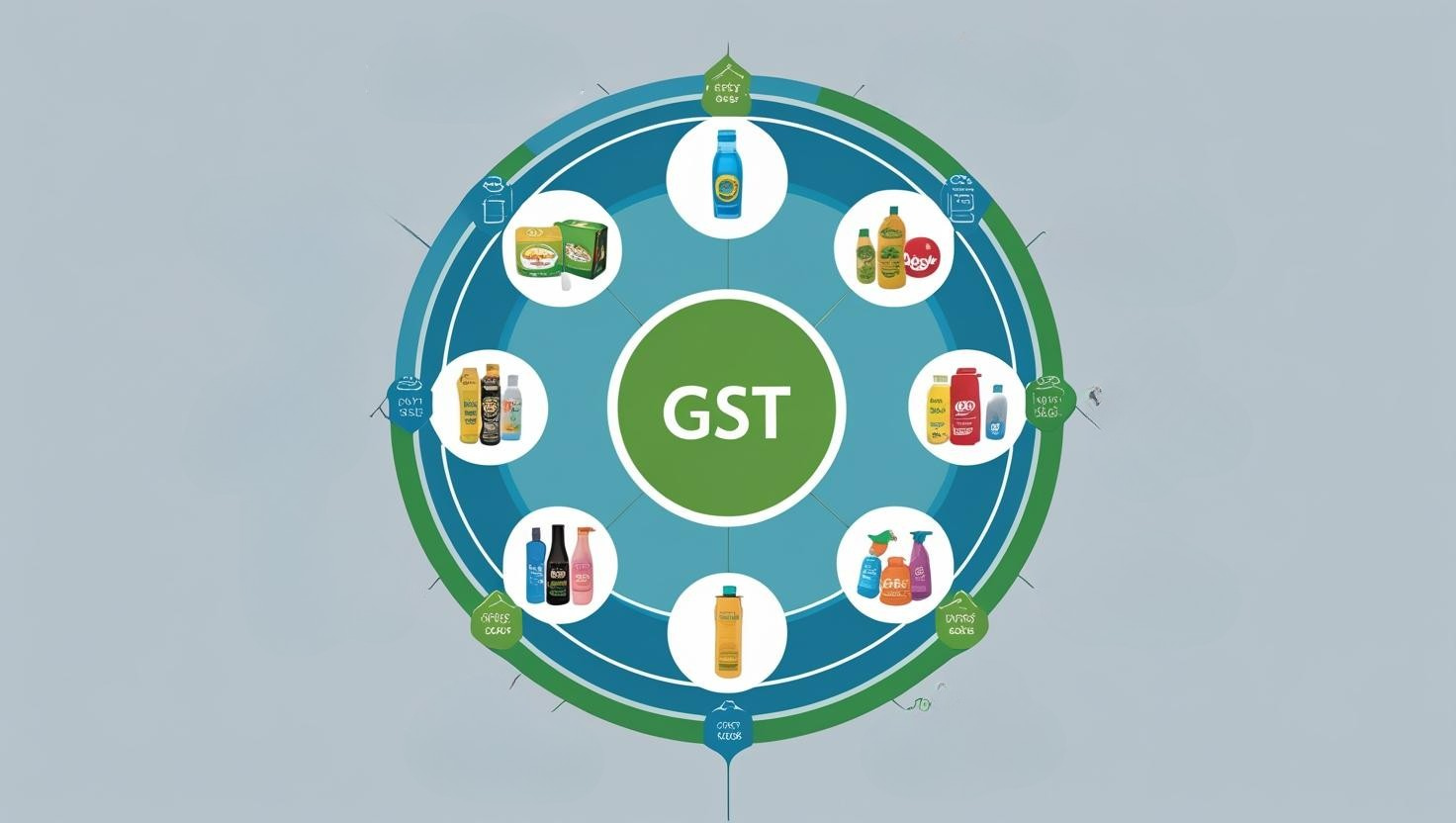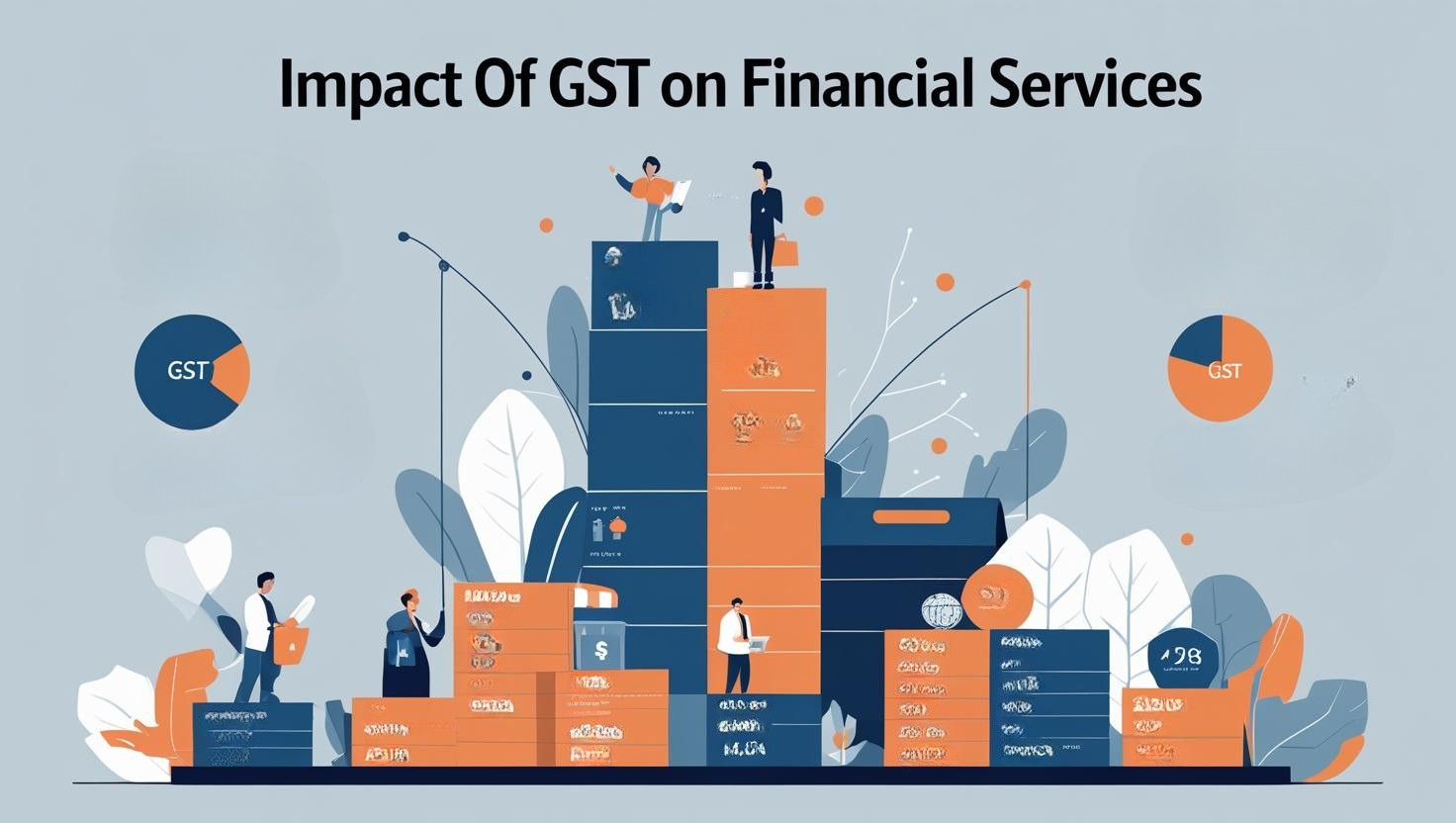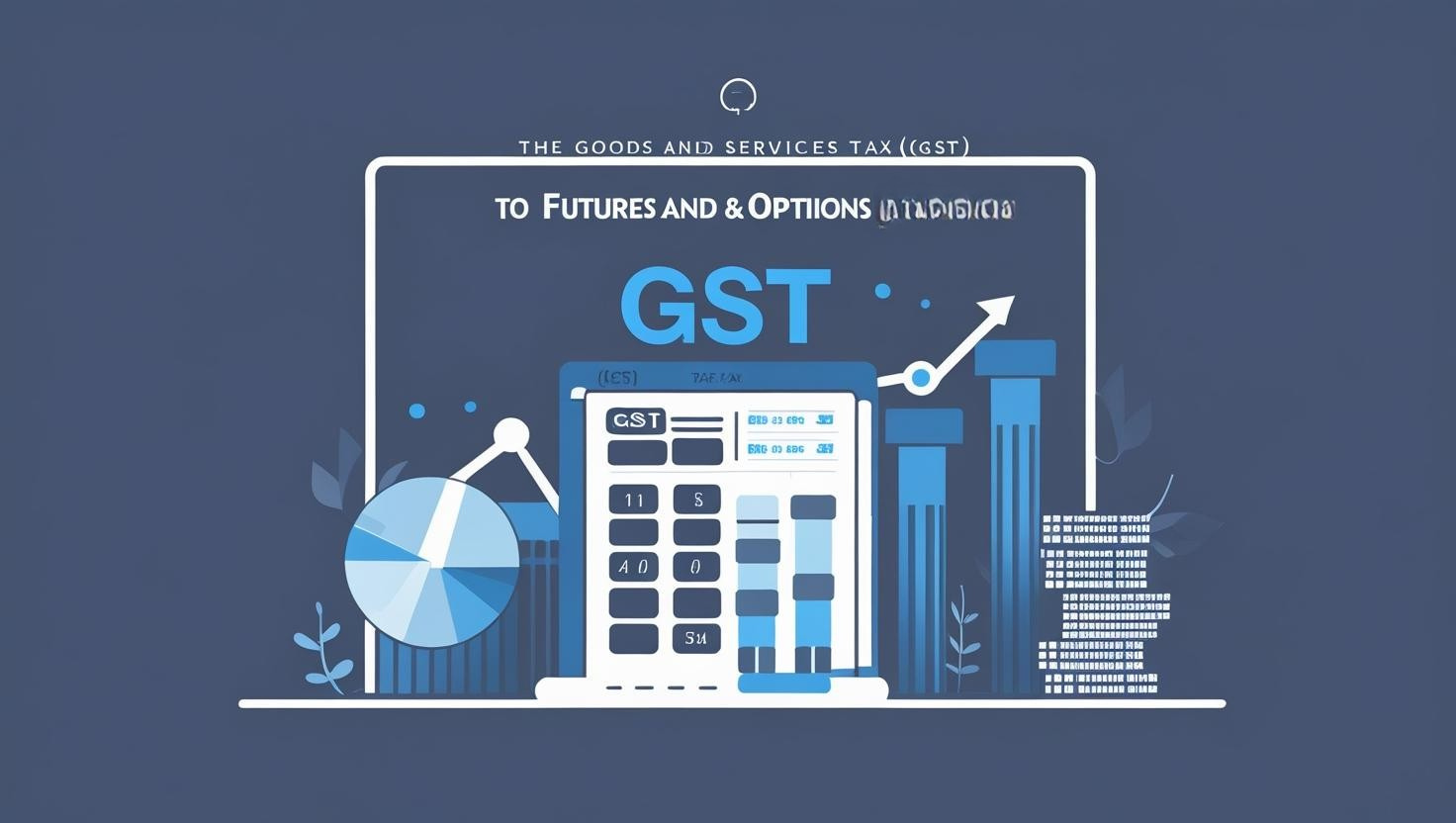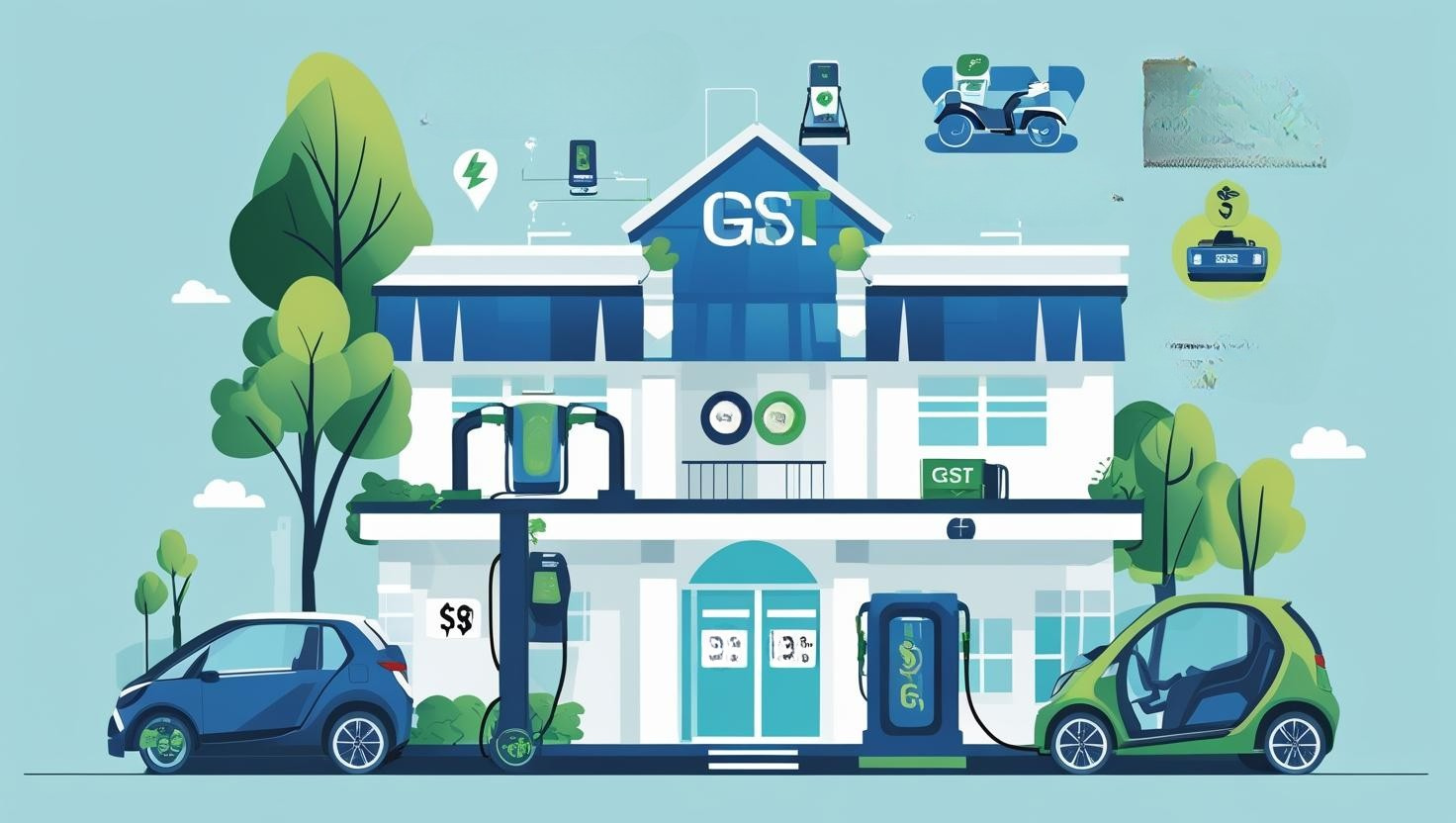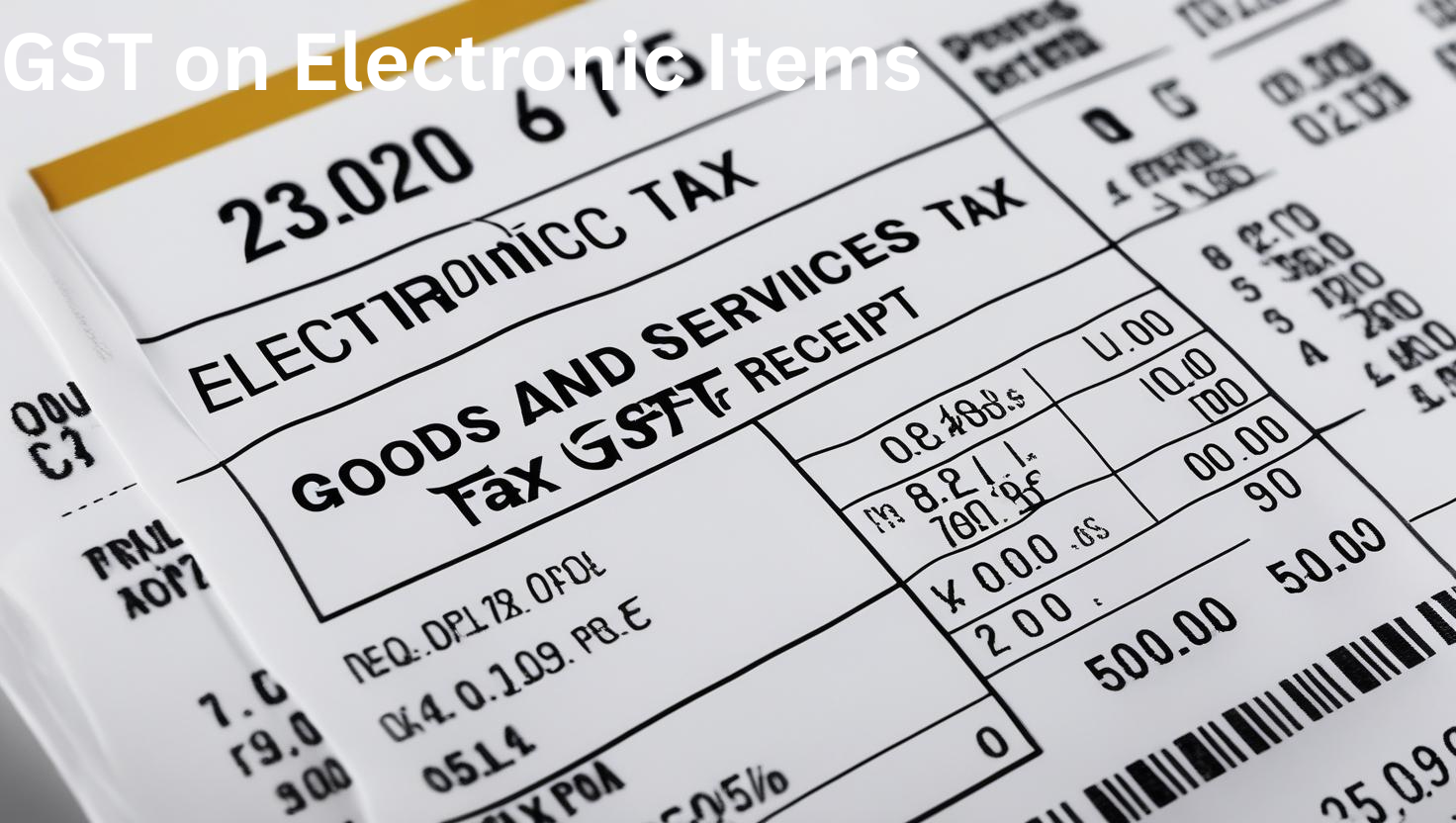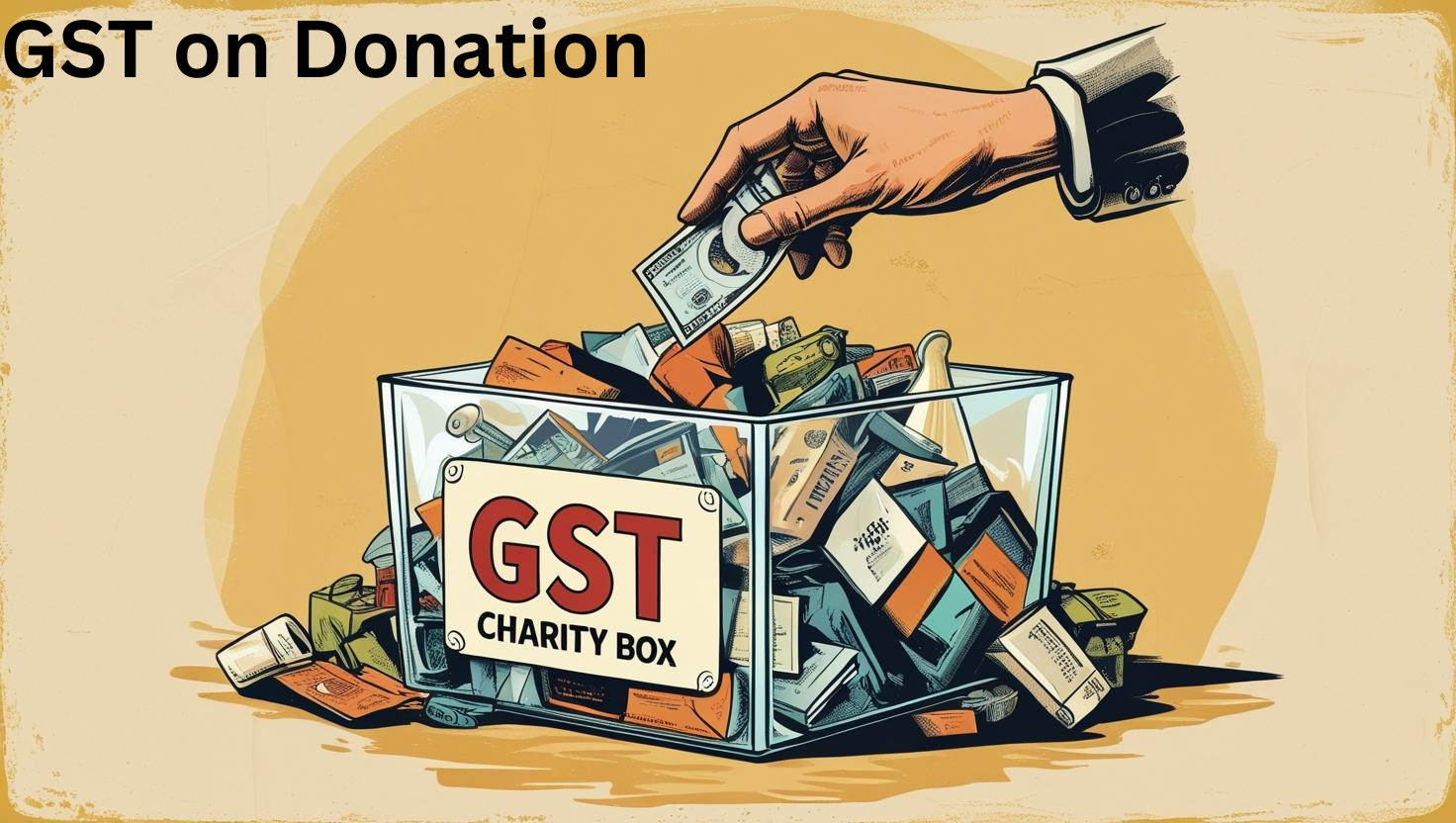As per GST Regime, Air conditioners in India are subject to 28% of GST rate, regardless of whether they are split or window units. Air conditioners are classified as luxury items and fall under the highest tax bracket of 28%.
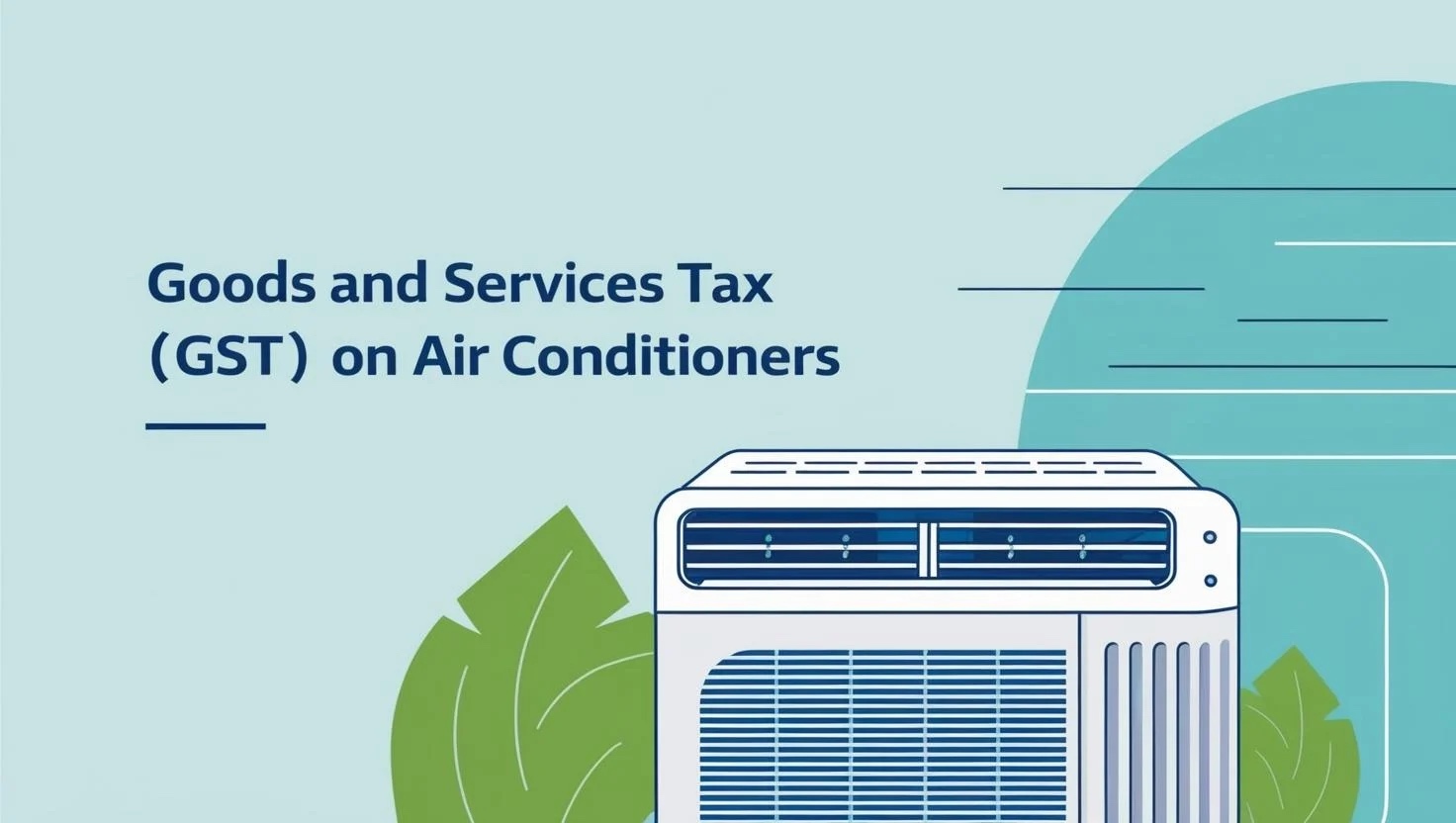
What is GST on Air Conditioners (AC)?
GST regime in India, air conditioners, whether split or window units are subject to a 28% GST rate, the highest slab designated for luxury goods. This GST rate applies uniformly to residential and commercial air conditioners, making them relatively more expensive than other household electronic appliances. Currently, no exemptions are available under GST for the sale of air conditioners, further confirming their status as a premium product in the Indian market.
What is the value of supply considered when calculating GST on AC?
The value of supply under the GST for air conditioners is determined based on the transaction value, which includes the total amount payable for the goods and services. Since air conditioners often include installation as an added service, the installation charges are also considered part of the total value of the supply. This means the combined cost of the air conditioner and the installation services forms the taxable value. In essence, the value of supply for air conditioners is calculated as: Value of supply = Sale value + Installation charges.
Applicability of GST on AC in India
GST is applicable to nearly all electronic goods, including air conditioners, under the Goods and Services Tax regime. The GST framework has four primary tax slabs: 5%, 12%, 18%, and 28%. Essential goods fall under the 5% slab, while standard rates of 12% and 18% apply to most other products. However, luxury items like air conditioners are classified under the highest tax slab of 28%. This classification reflects the luxury status of air conditioners, making them subject to the maximum AC GST rate.
GST on Air Conditioners (AC): Pre-GST vs Post GST
Before GST, different components of the air conditioner supply chain were been subject to various taxes like VAT, service tax, and excise duty. Under VAT, consumer durables were taxed from 12.5% to 14.5% depending on the state in which the transaction took place. Besides, 12.5% excise duty and cess were charged. Overall, air conditioners were taxed at a maximum of 27%. Post-GST, the entire transaction is taxed uniformly at 28%, which has led to a slight increase in the overall tax rate for air conditioners by 1 to 5%.
Particulars | Pre-GST Rate | Post-GST Rate |
| Manufacturing Cost | ₹60,000 | ₹60,000 |
| Excise Duty (12.5%) | ₹7,500 | NA |
| Cost of Production | ₹67,500 | ₹60,000 |
| Cost of Transportation | ₹5,000 | ₹5,000 |
| Value Addition Costs | ₹5,000 | ₹5,000 |
| Cost of Product | ₹88,350 | ₹89,600 |
| Value Added Tax (14%)/GST (28%) | ₹10,850 | ₹19,600 |
The HSN Code for Air Conditioners
HSN Code | Description |
| 8415 | An Air Conditioner with a motor fan meant for changing the humidity and temperature |
| 8415, 83 | Not incorporating a refrigeration unit |
| 8415, 8310 | A Split Air Conditioner with a capacity of 2 tonnes and above – not incorporating a refrigeration unit |
| 8415, 8390 | Other: Not incorporating a refrigeration unit |
Input Tax Credit (ITC) Availability and Reversal for Air Conditioners
Under GST, every registered person can claim Input Tax Credit (ITC) on the purchase of goods and services used for business purposes. However, Section 17(5) restricts ITC on goods and services received for the construction of immovable property, except for plant and machinery.
According to Section 3(26) of the General Clauses Act, 1897, immovable property includes “things attached to the earth or permanently attached to walls and buildings.” Although air conditioners are attached to walls, they can be reinstalled in a different location. Hence, they are not considered immovable property.
However, a centralized AC system is regarded as plant and machinery, not immovable property, so the restrictions under Section 17(5) do not apply. It is important to book the cost of the air conditioner separately as plant and machinery and not include it in the building cost. If the AC is installed in an office or factory for business purposes, ITC can be claimed.
If the supply includes both taxable and exempt goods, ITC reversal should be done according to Rule 42 and Rule 43 of the CGST Rules.
GST Rate on Air Conditioners is Expensive
Air conditioners (ACs) are considered luxury items under the Indian GST slab for several reasons:
- ACs are generally more expensive than other household appliances and are not considered essential for daily living, especially in comparison to items like fans or refrigerators.
- By taxing items such as air conditioners at a higher rate, the government aims to generate more revenue from those who can afford to pay more.
- By taxing luxury items at a higher rate, the government can maintain lower tax rates on essential goods and services, making them more affordable for lower-income populations.
FAQs
Q1. Can We Claim ITC for GST on an air onditioner?
Yes, ITC can be claimed for GST on air conditioners used for business purposes, provided the cost is separately booked as plant and machinery.
Q2. What is the HSN code for air conditioners?
The HSN code for air conditioners is 8415.
Q3. How much GST on AC?
GST on AC is currently charged at 28%. This is 14% of CGST and 14% of SGST for intrastate transactions and 28% of IGST for interstate transactions.
Q4. What is the GST rate HSN code for a 1.5-ton AC unit?
A 1.5-ton AC unit falls under the HSN code of 8415 and is subject to a GST rate of 28%.
Q5. Is GST applicable for both window and split ACs?
Yes, GST at the rate of 28% is applicable for both window and split air conditioners.
Q6. Is GST Applicable for Imported Air Conditioners?
Yes, GST is applicable to imported air conditioners in India. The government has imposed a high import duty on air conditioners to encourage the sale of locally manufactured goods. This move aims to reduce reliance on imported components and promote domestic production.
When importing air conditioners, the following taxes are applied:
- Basic Customs Duty (BCD): 20% of the assessable value.
- IGST: 28% of the assessable value, in addition to the basic customs duty.
- Social Welfare Surcharge: 10% of the assessable value, plus the combined amount of basic customs duty and IGST.
Q7. Why is there 28% GST on AC?
Air conditioners are taxed at 28% because they are classified as luxury items, which attract higher tax rates to generate more revenue and encourage the use of essential goods.
Q8. Impact of GST on air conditioners' prices?
Under VAT, consumer durables were taxed from 12.5% to 14.5% depending on the state in which the transaction took place. Besides, 12.5% excise duty and cess were charged. Overall, air conditioners were taxed at a maximum of 27%. Under GST, the tax rate on air conditioners is 28%. This increase in the tax rate has increased the final price of the product.
Related Resources


